Bioscience
First detection of an artemisinin-resistant malaria parasite contracted in Africa
Africa now joins Southeast Asia in hosting parasites partially resistant to the first-line antimalaria drug, artemisinin.
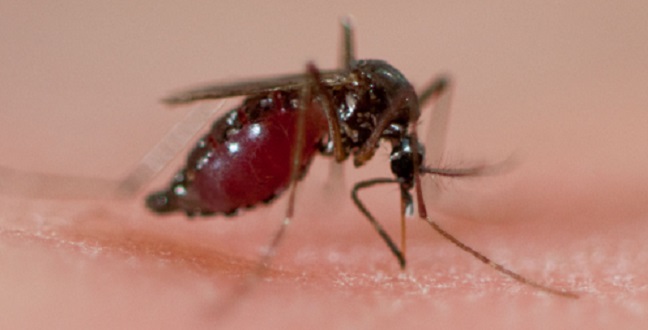
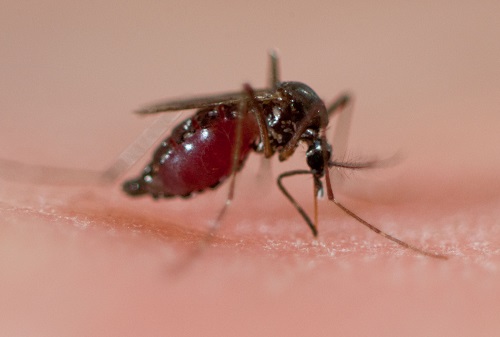
Anopheles gambiae mosquitos are the most important vectors for the transmission of malaria to humans in Africa.
© Edwin Remsberg / Alamy BF832H
The first known case of artemisinin—resistance in Africa has been identified: a finding of great significance for efforts in global malaria control and drug-resistance monitoring. A large international team that included KAUST scientists identified the African origin of drug-resistant malaria parasites detected in a Chinese patient, who had traveled from Equatorial Guinea to China.
Artemisinin-based combination therapy (ACT) is the first-line recommended malaria treatment and comprises artemisinin and another antimalarial drug. Normally ACT clears the parasites from the blood within three days; however, recently, strains of the malaria-causing agent, Plasmodium falciparum, in Southeast Asia have become relatively tolerant to artemisinin. The resistance is partial, and the majority of patients can be cured, albeit with a considerable delay. But, malariologists, including experts from the World Health Organization, fear that P. falciparum might eventually develop complete resistance to artemisinin, as it has to other antimalarials.
The study, led by Jun Cao from the Jiangsu Institute for Parasitic Diseases, China, confirmed that the parasite carried a new mutation in a gene called Kelch13 (K13), the main driver for artemisinin resistance in Asia. Then Arnab Pain KAUST Professor of Bioscience, and his Ph.D. student Abhinay Ramaprasad set out to determine whether the parasite originated from Africa or Southeast Asia.
“We used whole-genome sequencing and bioinformatics tools we had previously developed—like detectives trying to link the culprit parasite to the crime scene,” explains Pain.
Sequencing and analysis of P. falciparum DNA unveiled its origin by disclosing the several one-nucleotide differences, called single nucleotide polymorphisms (SNPs) that vary according to the geographical source of the strain. In the same way as merchandise barcodes contain information about the country of a product’s origin, SNP patterns reveal the birthplace of the parasite.
For these tests, KAUST scientists used the nuclear DNA, as well as the one present in two organelles of the parasite: the mitochondrion and the apicoplast, a defining organelle of malaria parasites and related species. Both methods independently validated the origin of the parasite as West African, confirming the first case of artemisinin-resistance mediated by a K13 gene mutation on the African continent.
“The spread of artemisinin resistance in Africa would be a major setback in the fight against malaria, as ACT is the only effective and widely used antimalarial treatment at the moment. Therefore, it is very important to regularly monitor artemisinin resistance worldwide,” explains Pain.
References
-
Lu, F., Culleton, R., Zhang, M.,…Pain, A….et al. Emergence of indigenous Artemisinin resistant Plasmodium falciparum in Africa. New England Journal of Medicine 376, 991-993(2017).| article
You might also like
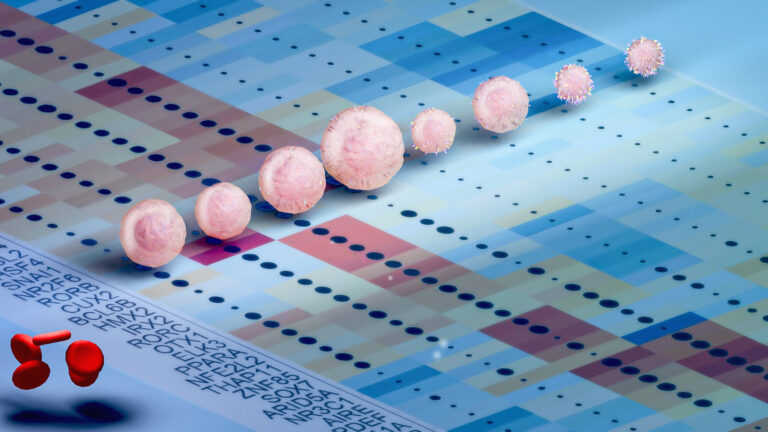
Bioscience
Cell atlas offers clues to how childhood leukemia takes hold
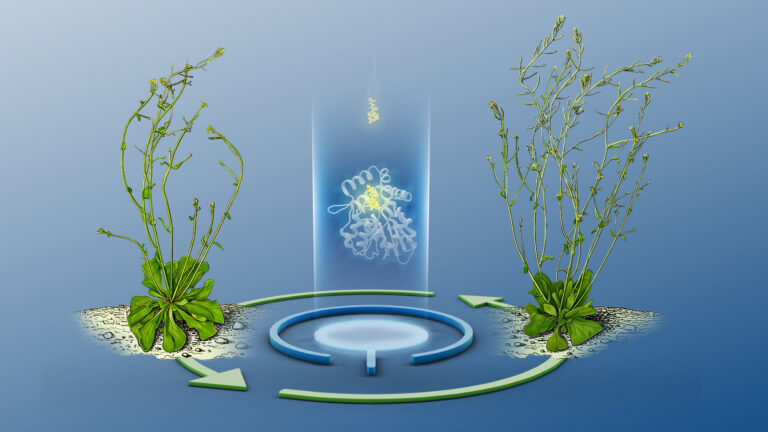
Bioscience
Hidden flexibility in plant communication revealed

Bioscience
Harnessing the unintended epigenetic side effects of genome editing

Bioscience
Mica enables simpler, sharper, and deeper single-particle tracking
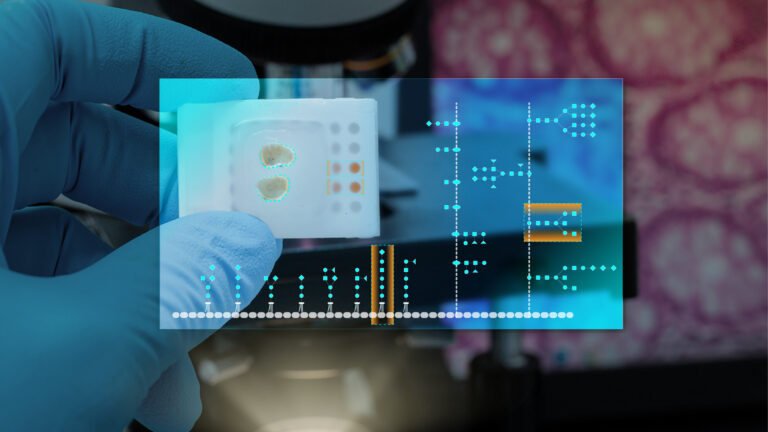
Bioengineering
Cancer’s hidden sugar code opens diagnostic opportunities

Bioscience
AI speeds up human embryo model research
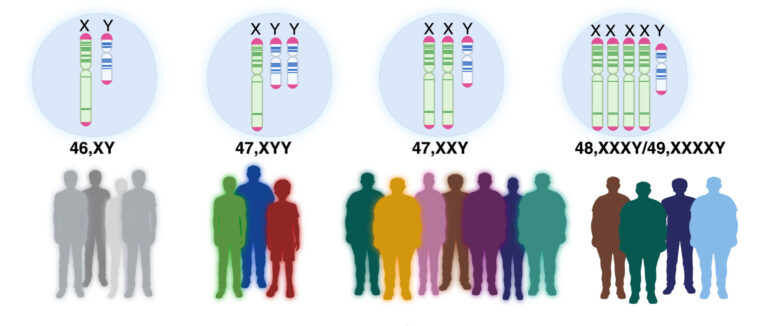
Bioscience
Sex chromosome overload sparks to a common developmental faultline

Bioscience



